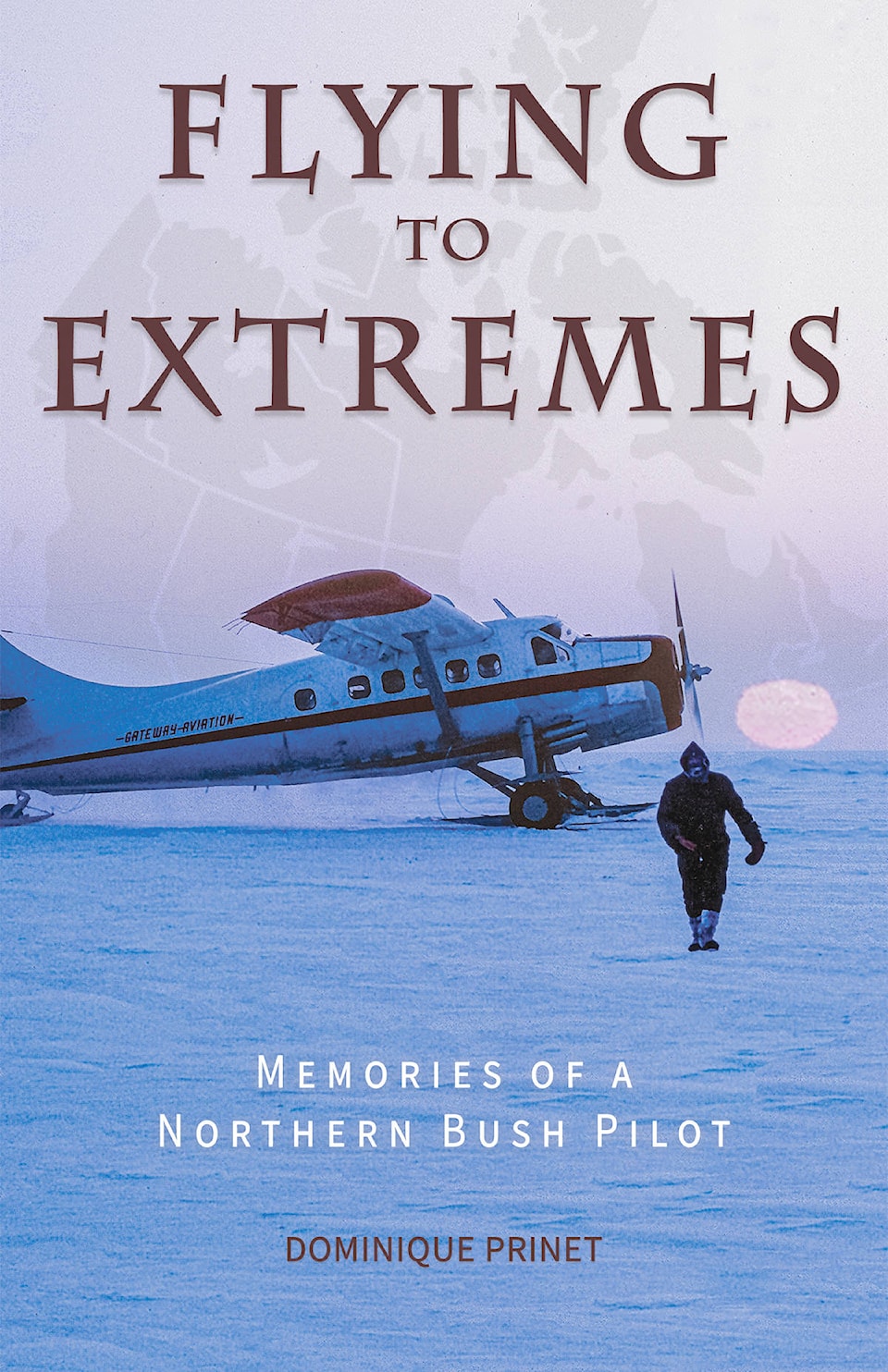Flying to Extremes: Memories of a ║┌┴╧│╘╣╧═Ї Bush Pilot by Dominique Prinet records PrinetтАЩs experience as a bush pilot in Yellowknife in the late 1960s. Now, IтАЩm just going to be up front with you and say IтАЩve always considered the ║┌┴╧│╘╣╧═Ї landscape to be peaceful and predictable тАФ water, trees, rocks, more water. The winter is even easier тАФ snow, trees, snow, snow. This book proved me wrong. ItтАЩs amazing how, even on the page, I could pick up on the complete change in perspective that hurtling over the landscape at almost 200 kilometres an hour can cause. Funny, thrilling, and honest, this collection of stories takes off with a bang and simply doesnтАЩt slow-up.
One of my favourite stories of the bunch was тАЬProspectors, Alcohol and Fights in YellowknifeтАЭ which was about flying prospectors around the North in their search for gold. It was a funny and entertaining look at Yellowknife in its early days and, though the mines robbed the land and left us to deal with the arsenic from mining emissions, itтАЩs rather fun to have some stories from the midst of that boom of wealth and population. It was also the first story that really threw me into a world that is completely alien to my own commercial experience with airplanes тАФ notably, passengers carrying on rifles and dynamite. I donтАЩt know if тАЬIтАЩm looking for goldтАЭ would really cut it as an excuse at the Edmonton airport.
Another favourite of mine was тАЬSinking with a float plane in the Arctic OceanтАЭ, one of two stories that ended up with a charter plane under water. True to its title, this story just kept getting more absurd and spectacular, the worry I had for the safety of those involved only being held off by the knowledge that if Prinet was writing these stories, he surely could not have died on expedition. ItтАЩs not an understatement to say that PrinetтАЩs stories read like an action film, but I guess that truth is always stranger than fiction.
Once I finished the book, I flipped right back to the start and read it through once more looking only at the photographs included. Clocking in at about one picture per page, give or take, the photographs and occasional paintings and sketches filled out the world of Flying to Extremes, reminding me that PrinetтАЩs stories are among many, recorded and not recorded, from that time. With close to 300 glossy pages of photographs and drawings of the North, this book is both a visual spectacle as well as one of storytelling and the art of being a bush pilot. As many times as Prinet assures his readers that flying is easy, I can tell you that reading these stories was exhausting and exhilarating enough without me stepping into the driverтАЩs seat after three sleepless days of grueling work. Particularly with how quickly smooth flying can become a game of Russian roulette between the pilot and an environment that can kill you in more ways than a тАЬhow toтАЭ survival kit could ever cover.
A harrowing and human look into flying in the far North, Flying to Extremes is an ideal read not only for pilots, plane enthusiasts, and those around in the 1960s who have watched this city change, but also for people like me who represent none of the above. Time is moving at a fast clip, and itтАЩs nice to have a look back at a time so different and yet startlingly familiar to me.



